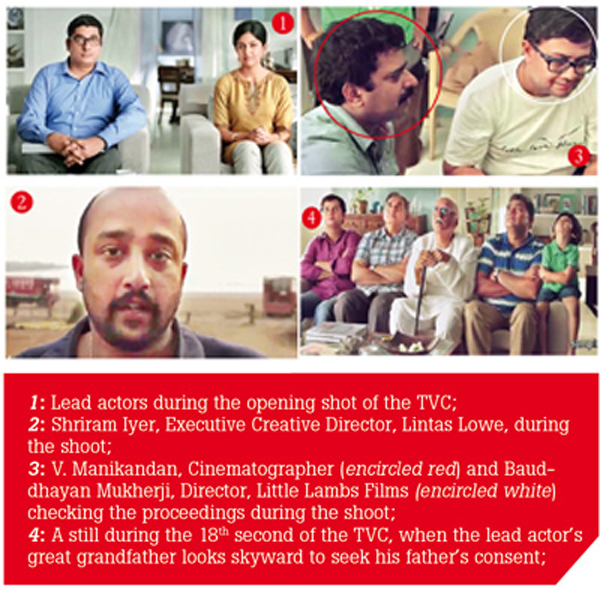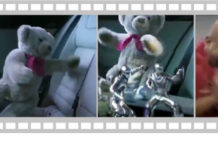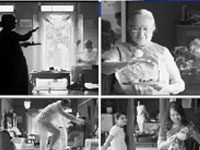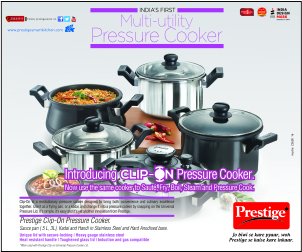Championing the healthcare rights of a secular Indian populace has come at a cost. It has for the twenty-four general insurance companies in India who lost almost Rs.10,000 crore in FY2012. But that is no deterrent for these bravehearts who believe that the tides will turn, knowing well that expectations create their own pressures. The present does not appear too promising though. The Indian government currently spends 1.2% of its GDP on healthcare. This number is expected to rise to 2.5% by 2017. Given such a participation from the government (that can be tagged ‘half-hearted’), the World Bank’s forecast that half of India’s population will have a health insurance cover by 2015 (report titled, ‘Government-Sponsored Health Insurance in India: Are You Covered?’), appears a far-fetched dream. Actually, if you are a believer (one of those ivory-tower dwellers, we say), you would be left with two conclusions – either the World Bank is trying hard to play Oprah to weeping lossmakers, or the private general insurance companies have their strategies in place to knock meaning into their existence (and will in the process cover up for lack of action on the part of the public sector). Of the private insurance players betting on the latter, Max Bupa is one.
Product innovation from the company’s part isn’t rare. Be it increasing the bandwith of illness coverage (as compared to others Max Bupa covers 7-10 more), to being the first to introduce a maternity cover at two years of enrollment or a no age-bound enrolment scheme, Max Bupa is known for an array of personal and family general insurance products across India. But what makes Max Bupa different is that it puts its money where its mouth is. The company has always focussed most heavily on urban consumers in Tier 1 cities. Not surprising therefore, its highest selling innovation till date has been the ‘Hearbeat Family First’ offering that it first brought to the metros about three years back. It was the first offering customised for the joint family set up. Family First therefore provided to cover five generations (and up to 13 relationships) within a family. It was well-received. As a reminder perhaps, the company has launched a new ad-campaign.
The campaign is being aired across major non-GEC English & Hindi TV channels, and will last seven weeks until end-March 2013. Explaining the message behind the campaign, Sevantika Bhandari, Director – Marketing, Max Bupa tells 4Ps B&M, “The core proposition of the campaign is that with Max Bupa, customers have the option of buying one health insurance for their entire family.” The campaign appears to be old wine in a new bottle. Where is the logic behind investing in a campaign to promote a three year-old product? Many claim that this TVC may not deliver the desired result because there is nothing new on offer. Could be madness – but madness that has a method written all over. It’s a question of whether promoting your age-old bestseller works. Our experience says, it does. And how!
 The TVC reminds you of those impactful 30 seconders in a typical Hindi GEC soap that shows a character delivering a one worder or liner three or four times. It opens up with a lady introducing a man to her brother. “Bhaiya, yehi hai woh,” she says [“Brother, he is the one.”] Her brother responds, “Proposal? Mere liye ok hai, par papa?” [I am fine with him, but what about father?] The doorbell rings. Enters her father. She repeats: “Yehi hai woh”. Her father replies, “Mere liye ok hai, par papa?” The doorbell rings again. Enters her grandfather. She repeats her line and her grandfather repeats what her father said. The last scene shows her great grandfather responding, “Mere liye ok hai, par…” as he looks skyward to seek approval of her great great grandfather. At this juncture, the young man – whom the lady is introducing to others – smiles and says, “Bas? Hamari policy mein sab cover ho jayenge!” [That’s it? All of them can get covered under our policy.] The TVC closes with a VO, “Ek policy karti hai, paanch generations tak ka health insurance” [One policy will suffice the health insurance needs of five generations.]
The TVC reminds you of those impactful 30 seconders in a typical Hindi GEC soap that shows a character delivering a one worder or liner three or four times. It opens up with a lady introducing a man to her brother. “Bhaiya, yehi hai woh,” she says [“Brother, he is the one.”] Her brother responds, “Proposal? Mere liye ok hai, par papa?” [I am fine with him, but what about father?] The doorbell rings. Enters her father. She repeats: “Yehi hai woh”. Her father replies, “Mere liye ok hai, par papa?” The doorbell rings again. Enters her grandfather. She repeats her line and her grandfather repeats what her father said. The last scene shows her great grandfather responding, “Mere liye ok hai, par…” as he looks skyward to seek approval of her great great grandfather. At this juncture, the young man – whom the lady is introducing to others – smiles and says, “Bas? Hamari policy mein sab cover ho jayenge!” [That’s it? All of them can get covered under our policy.] The TVC closes with a VO, “Ek policy karti hai, paanch generations tak ka health insurance” [One policy will suffice the health insurance needs of five generations.]
The making of the ad was an interesting exercise as Bhandari shares, “We shot with actors from different walks of life, which was fun. In fact, the actor who played the role of the great grandfather was actually younger than the actor who played his son. It was a challenge to making him look and sound much older!” Not to forget, Max Bupa did try to use social platforms like Facebook and Twitter to create awareness about the campaign. But the exercise wasn’t too big a success.
Back to the TVC, the ad does tend to become ho-hum as the seconds pass, but that it last only 30 seconds plays the saving grace. In terms of impact and clarity of thought put in by the creative team, the TVC scores high points. Only issue is, the object (characters) overshadows the subject (the brand) to a great extent, despite viewers getting to see the Max Bupa brand during a third of the air time. It’s a difficult disconnect.
In a business where for a sales representative, selling a single product unit can be as challenging as making profits for a company, Max Bupa can afford to live with such difficulties. And despite disconnects, it will have to continue using TVCs to increase recall. Innovation is of no use if buyers forget the brand. Thankfully, we’re not talking of five generations of just one family here. It’s easy to have at least a million remember your name when you’re talking about a billion viewers!
























